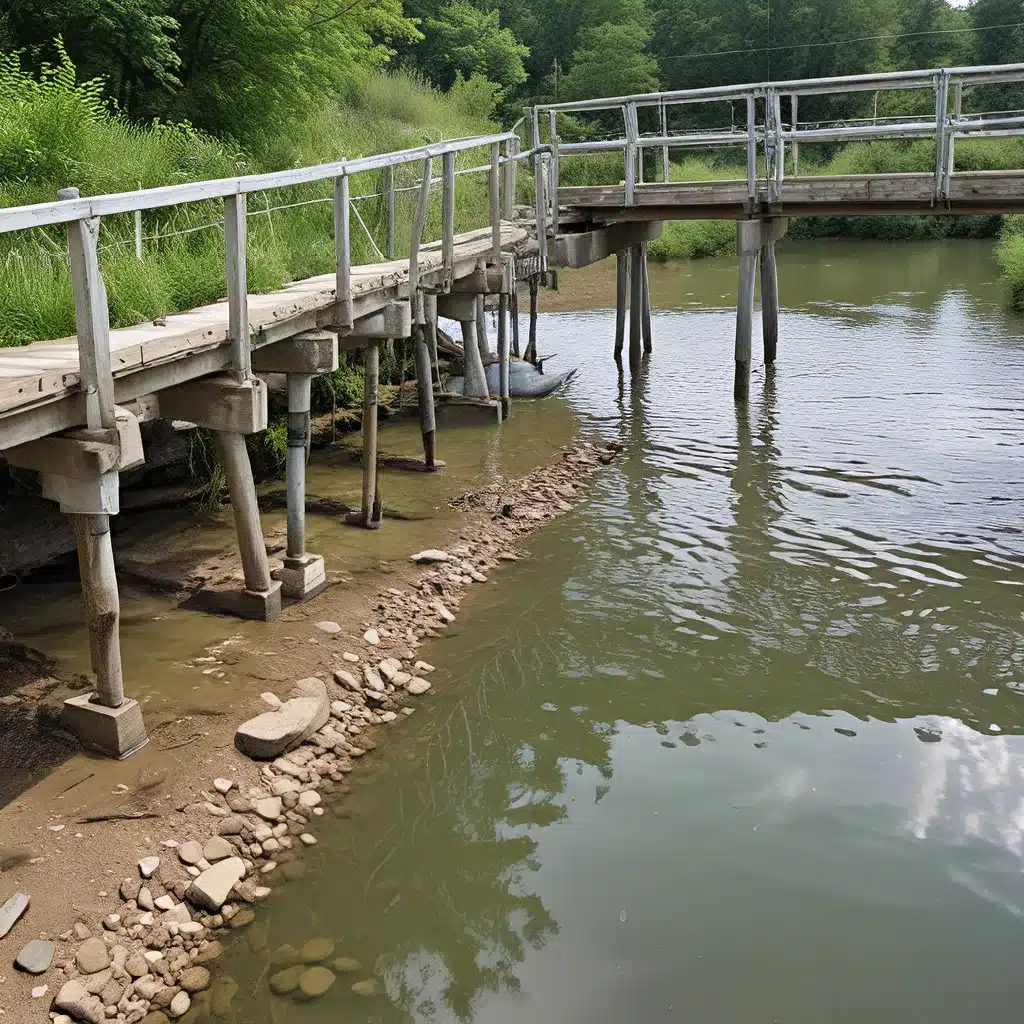
Maintaining the Delicate Balance: Navigating the Complexities of Water Treatment and Environmental Compliance
As someone who has spent years in the water treatment industry, I can tell you that it’s a world of constant change and challenges. One minute, you’re battling a new regulatory requirement, and the next, you’re trying to figure out how to keep up with the latest technological advancements. It’s like trying to juggle a dozen balls while also doing a tango – it takes some serious skill and nimbleness to keep everything in harmony.
But, you know, that’s what makes this field so fascinating. It’s not just about purifying water or managing wastewater – it’s about striking a balance between environmental protection, public health, and operational efficiency. It’s about finding innovative ways to bridge the gap between compliance and cutting-edge solutions.
In this article, we’ll dive into the intricate world of water services and environmental compliance, exploring the challenges, the opportunities, and the strategies that can help you navigate this ever-evolving landscape.
Navigating the Regulatory Maze: The Importance of Compliance
One of the biggest hurdles in the water treatment industry is keeping up with the ever-changing regulatory landscape. The EPA’s guidelines are constantly evolving, and it can be a real challenge to ensure that your operations are in line with the latest requirements.
But let’s be real – compliance isn’t just about avoiding fines or penalties. It’s about safeguarding the health and well-being of the communities we serve. When we operate within the boundaries of environmental regulations, we’re not just ticking boxes – we’re protecting the delicate ecosystems that depend on our water sources.
Take the Kirala Kele Wetland in Sri Lanka, for example. A recent study found that the wetland was under threat from various human activities, including water abstraction and pollution. By integrating environmental compliance into the water services in the region, we can help preserve this valuable natural resource and ensure that the local communities can continue to rely on it for their livelihoods and well-being.
Embracing Innovation: Leveraging Technology to Enhance Compliance
As the saying goes, “the only constant is change,” and that couldn’t be truer in the water treatment industry. With the rapid advancements in technology, we have a wealth of tools and solutions at our fingertips that can help us streamline our operations and enhance our compliance efforts.
One such tool that has been making waves in the industry is Fulcrum, a powerful field data collection and process management platform. Fulcrum empowers field teams to capture and share reliable information about on-site activities, making it easier to track compliance and identify areas for improvement.
But Fulcrum is just the tip of the iceberg. From drones and sensors to advanced analytics and automation, the possibilities for leveraging technology to improve water services and environmental compliance are endless. The key is to stay curious, embrace innovation, and continuously explore new ways to optimize your operations.
Fostering Collaboration: Bridging the Gap Between Stakeholders
When it comes to water services and environmental compliance, it’s not just about what we do within our own organizations. It’s about building bridges and fostering collaboration between a diverse range of stakeholders – from regulatory agencies and environmental groups to local communities and industry partners.
After all, we’re all in this together. By working hand in hand, we can find creative solutions that address the unique needs and challenges of each group. It might mean getting creative with data-sharing, co-developing innovative technologies, or simply sitting down and having open dialogues to better understand each other’s perspectives.
Take the example of the Esri User Conference, where Fulcrum was honored to be a sponsor and Bronze Partner. This event brought together a diverse community of GIS professionals, field technicians, and environmental experts, all coming together to share ideas, learn from one another, and explore new ways to integrate their tools and expertise.
Embracing Uncertainty: Navigating the Complexities of Water Services
Let’s be honest – the world of water services and environmental compliance is not a black-and-white affair. There are always shades of gray, new discoveries, and evolving perspectives that keep us on our toes.
As we navigate this complex landscape, it’s important to approach it with a curious and open mindset. Inland Waters Inc., for example, has embraced the idea of continuous learning and adaptation, constantly exploring new ways to improve their processes and stay ahead of the curve.
Sure, we may not have all the answers right now, but by staying flexible, collaborating with others, and always keeping an eye out for new innovations, we can gradually bridge the gap between environmental compliance and water services. It’s a journey, not a destination, and one that’s full of surprises, challenges, and opportunities.
Conclusion: Embracing the Complexity, Driving Innovation
As we reflect on the world of water services and environmental compliance, one thing becomes clear: it’s a complex, ever-evolving landscape that demands our constant attention and creativity.
But here’s the thing – that’s what makes it so exciting. It’s a field that challenges us to think outside the box, to collaborate with diverse stakeholders, and to constantly push the boundaries of what’s possible.
So, let’s embrace the complexity, let’s dive into the unknown, and let’s work together to bridge the gap between environmental compliance and water services. Because when we do, we don’t just improve our own operations – we contribute to the health and well-being of our communities, our ecosystems, and our planet.
After all, the water we treat and the environment we protect are not just resources – they’re the lifeblood of our world. And that’s a responsibility we can’t afford to take lightly. Let’s roll up our sleeves, get to work, and show the world what we’re made of.


